Choisir le bon moteur pour son vélo électrique est une décision importante pour tout cycliste. Les deux principaux types de moteurs – moyeu et transmission centrale – offrent chacun leurs avantages et leurs inconvénients. Ce guide vous éclairera sur les différences afin de vous aider à faire un choix éclairé pour votre prochain vélo électrique.
Que sont les vélos électriques à moyeu et à entraînement central ?
| Fonctionnalité | Entraînement par moyeu | entraînement intermédiaire |
|---|---|---|
| Emplacement du moteur | Dans le moyeu de roue (avant ou arrière) | Au niveau des manivelles (centre du cadre) |
| Distribution d'énergie | Directement au volant | À travers la chaîne et les engrenages |
| Répartition du poids | Poids ajouté à la roue, généralement lourd à l'arrière | Bas, central, équilibré |
Moteurs d'entraînement de moyeu
Avantages
-
Simplicité : Conception facile à comprendre, simple à entretenir et économique.
-
Fonctionnement silencieux : fonctionne plus silencieusement que les moteurs à entraînement central, idéal pour la conduite en ville.
-
Assistance à l'accélérateur : de nombreux modèles incluent une fonction d'accélérateur pour une conduite sans effort.
-
Faible entretien : moins de composants mobiles réduisent le risque de problèmes mécaniques.
-
Abordable : Généralement accompagné d’un prix initial inférieur.
Inconvénients
-
Déséquilibre du poids : le poids supplémentaire sur la roue peut avoir un impact sur la maniabilité, en particulier hors route.
-
Performances réduites en côte : un couple plus faible rend les montées en pente moins efficaces.
-
Conduite moins naturelle : On a souvent l’impression d’être poussé ou tiré plutôt que d’être pédalé.
-
Utilisation limitée des engrenages : Non connecté au système d'engrenages du vélo, ce qui limite l'efficacité.
-
Potentiel d'usure des rayons : des charges plus lourdes peuvent entraîner une usure ou une rupture plus fréquente des rayons.
Entretien
-
Faible entretien : des inspections de base des roulements, des fils et des connecteurs sont généralement suffisantes.
-
Problèmes courants : peuvent inclure des roulements usés, des connexions desserrées ou du bruit du moteur, tous généralement peu coûteux à réparer.
-
Longévité : Avec un entretien régulier, les moteurs peuvent durer entre 10 000 et 20 000 miles.
Moteurs à entraînement central
Avantages
-
Escalade de côte supérieure : exploite les vitesses du vélo pour fournir un couple élevé, idéal pour les collines et les terrains difficiles.
-
Sensation de conduite naturelle : offre une maniabilité stable, semblable à celle d'un vélo, grâce au placement central du moteur.
-
Utilisation efficace de l'énergie : plus d'autonomie à chaque charge, idéal pour les trajets exigeants.
-
Idéal pour le tout-terrain : excelle sur les sentiers, les pentes et les paysages accidentés.
Inconvénients
-
Coût initial plus élevé : plus cher à construire et à acheter.
-
Entretien : La transmission s'use plus rapidement en raison de la contrainte supplémentaire, ce qui signifie que les chaînes et les engrenages doivent être remplacés plus fréquemment.
-
Complexité : Les réparations sont plus techniques et peuvent entraîner des coûts de service plus élevés.
Entretien
-
Entretien plus fréquent : les chaînes et les cassettes s'usent plus rapidement et coûtent plus cher à remplacer.
-
Coûts d'entretien : Un entretien annuel est conseillé ; les coûts de maintenance sont plus élevés que ceux des entraînements par moyeu.
Comparaison des expériences de conduite
-
Moyeu à entraînement direct : Idéal pour les trajets quotidiens fluides, les balades urbaines décontractées et les surfaces planes. Idéal pour ceux qui recherchent un vélo électrique abordable, facile d'entretien et facile à utiliser.
-
Mid-Drive : Conçu pour les itinéraires exigeants, les aventures hors route et les cyclistes privilégiant une sensation de cyclisme naturelle avec une excellente puissance en montée.
Considérations clés avant d'acheter
Demandez-vous :
-
Sur quel type de terrain allez-vous le plus rouler : rues urbaines ou terrain mixte ?
-
Préférez-vous la simplicité et un faible entretien, ou la qualité de conduite et la puissance sont-elles plus importantes ?
-
Allez-vous souvent affronter des collines ?
-
Quel est votre budget pour l’investissement initial et la maintenance continue ?
-
Voulez-vous un mode accélérateur ou l'assistance au pédalage est-elle suffisante pour vos besoins ?
Tableau récapitulatif : entraînement par moyeu et entraînement intermédiaire
| Fonctionnalité | Moyeu d'entraînement | entraînement intermédiaire |
|---|---|---|
| Prix | Inférieur | Plus haut |
| Entretien | Faible | Modéré à élevé |
| Escalade | Limité | Excellent |
| Gamme | Bon sur les terrains plats | Plus long sur terrain varié |
| Expérience de conduite | Sensation de « poussé/tiré » | Naturel, équilibré, stable |
| Répartition du poids | Arrière/avant-lourd | Équilibré au centre |
| Option d'accélérateur | Commun | Rare |
| Usure de la transmission | Moins | Plus |
Réflexions finales
Essayez les deux types de vélos si possible ! Chez Ebikecan, nous disposons d'une flotte de vélos électriques de démonstration, avec ou sans moteur central. Passez nous voir dans notre showroom ou réservez un essai pour découvrir la configuration de moteur qui vous convient le mieux. Choisir le bon moteur pour votre vélo électrique peut transformer votre expérience de conduite. Les moteurs centraux offrent simplicité et rapport qualité-prix. Les moteurs centraux offrent des performances optimales pour les cyclistes exigeants et les parcours exigeants.
Connaître les différences vous garantit d’obtenir le vélo électrique qui correspond à votre style de vie, à votre budget et à vos objectifs de conduite.
Vous hésitez encore sur le moteur qui vous convient ? Comparez nos vélos électriques à transmission centrale et à moyeu et trouvez celui qui vous convient.
Bonne balade 🚴🏻

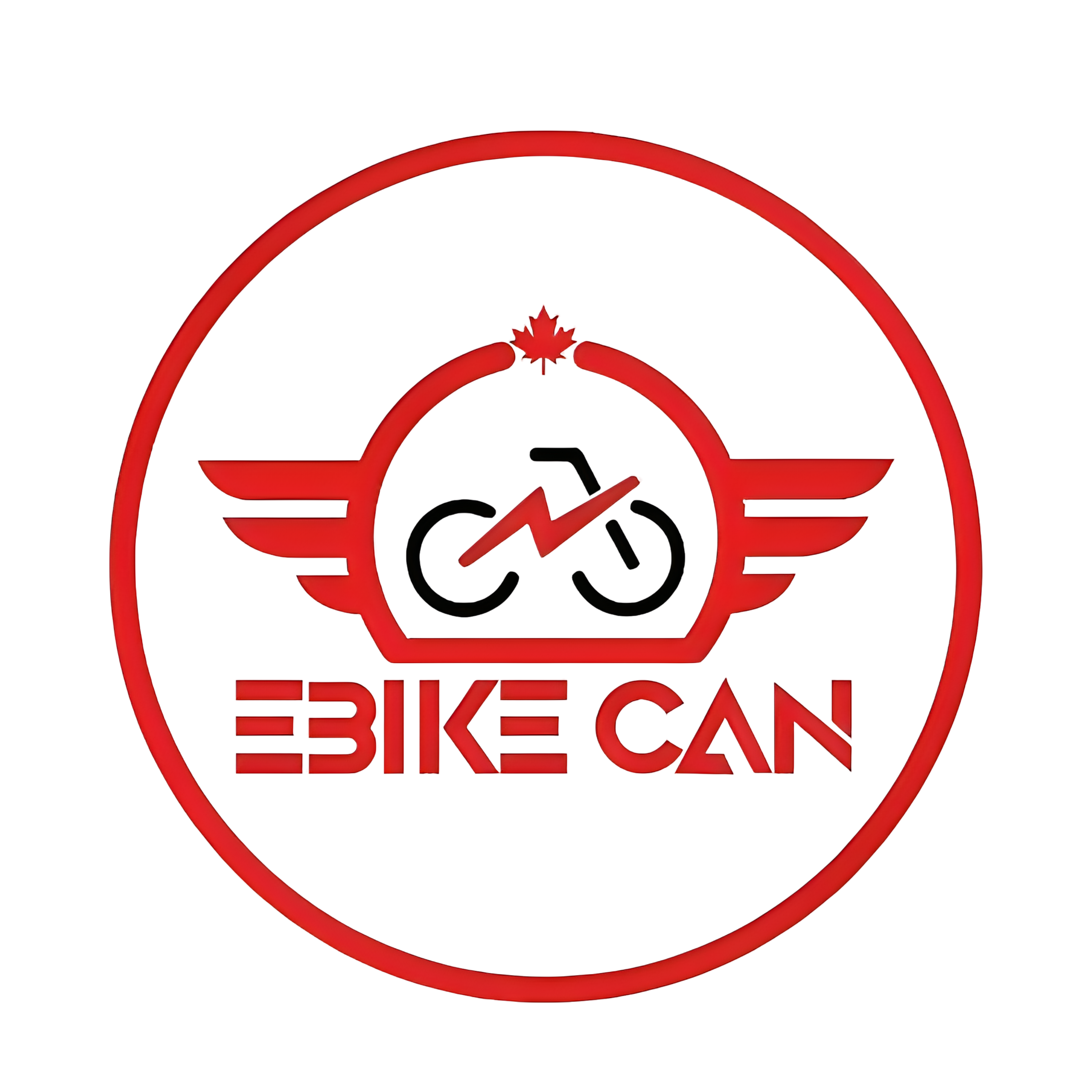

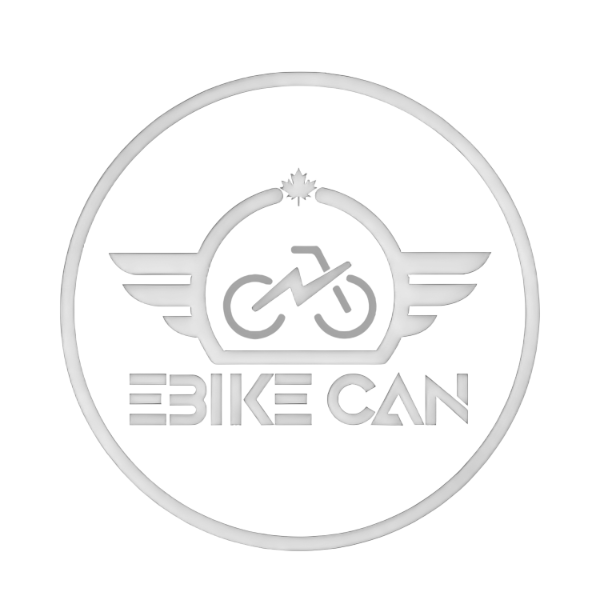
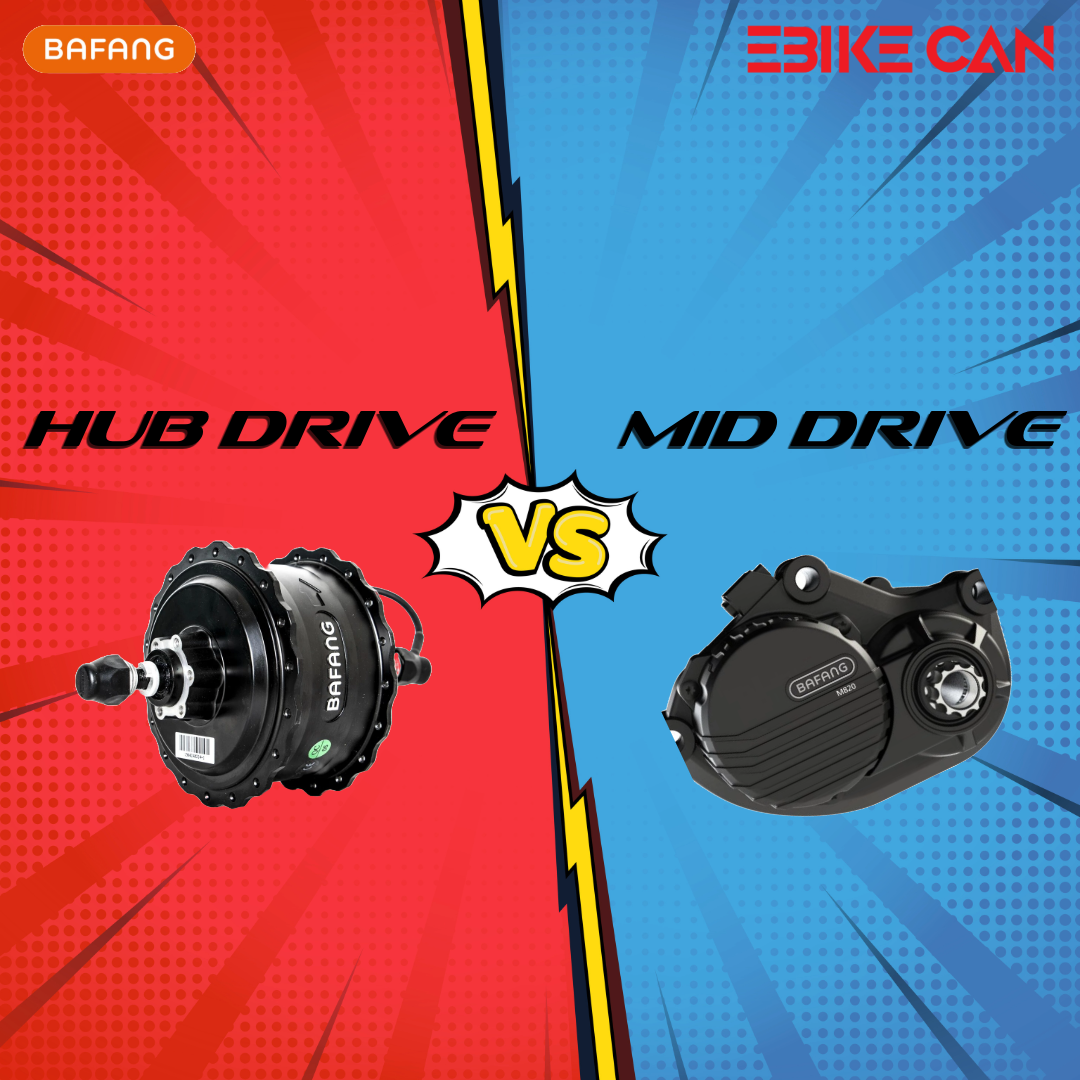
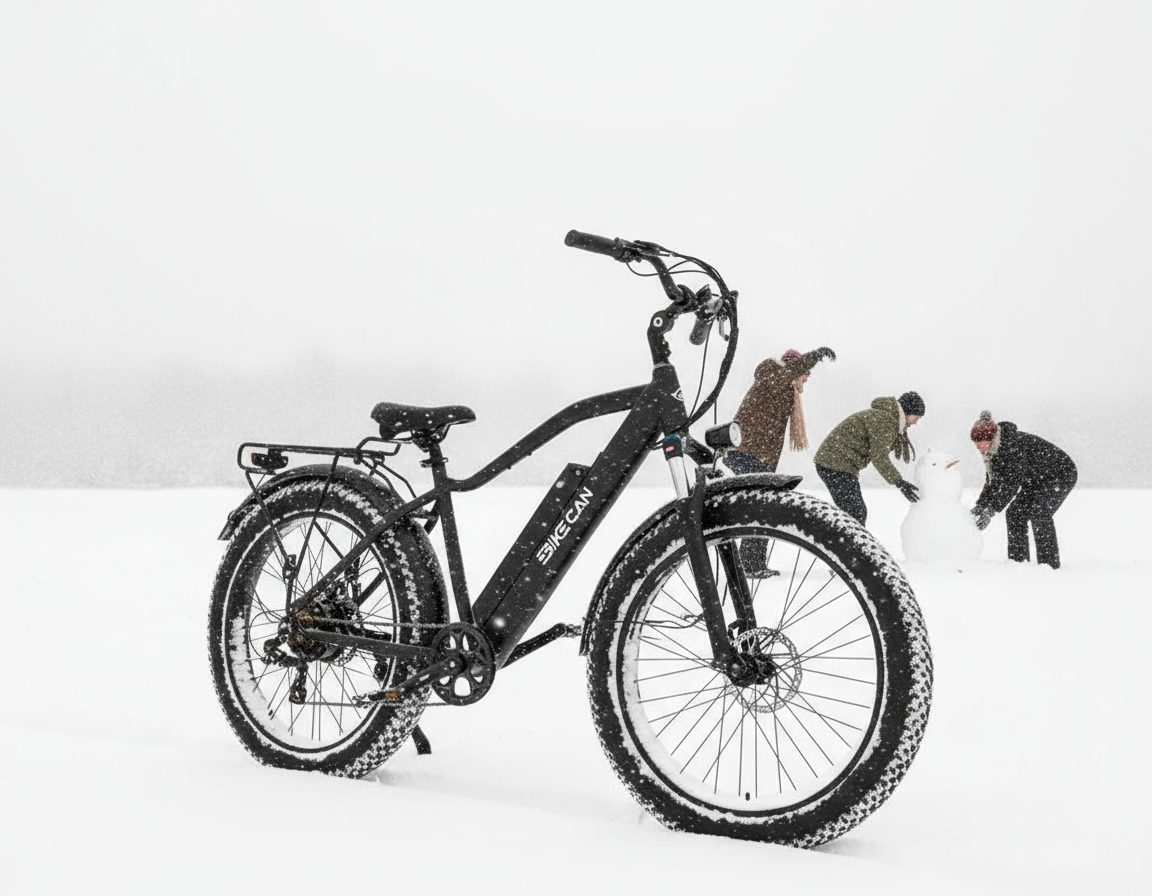
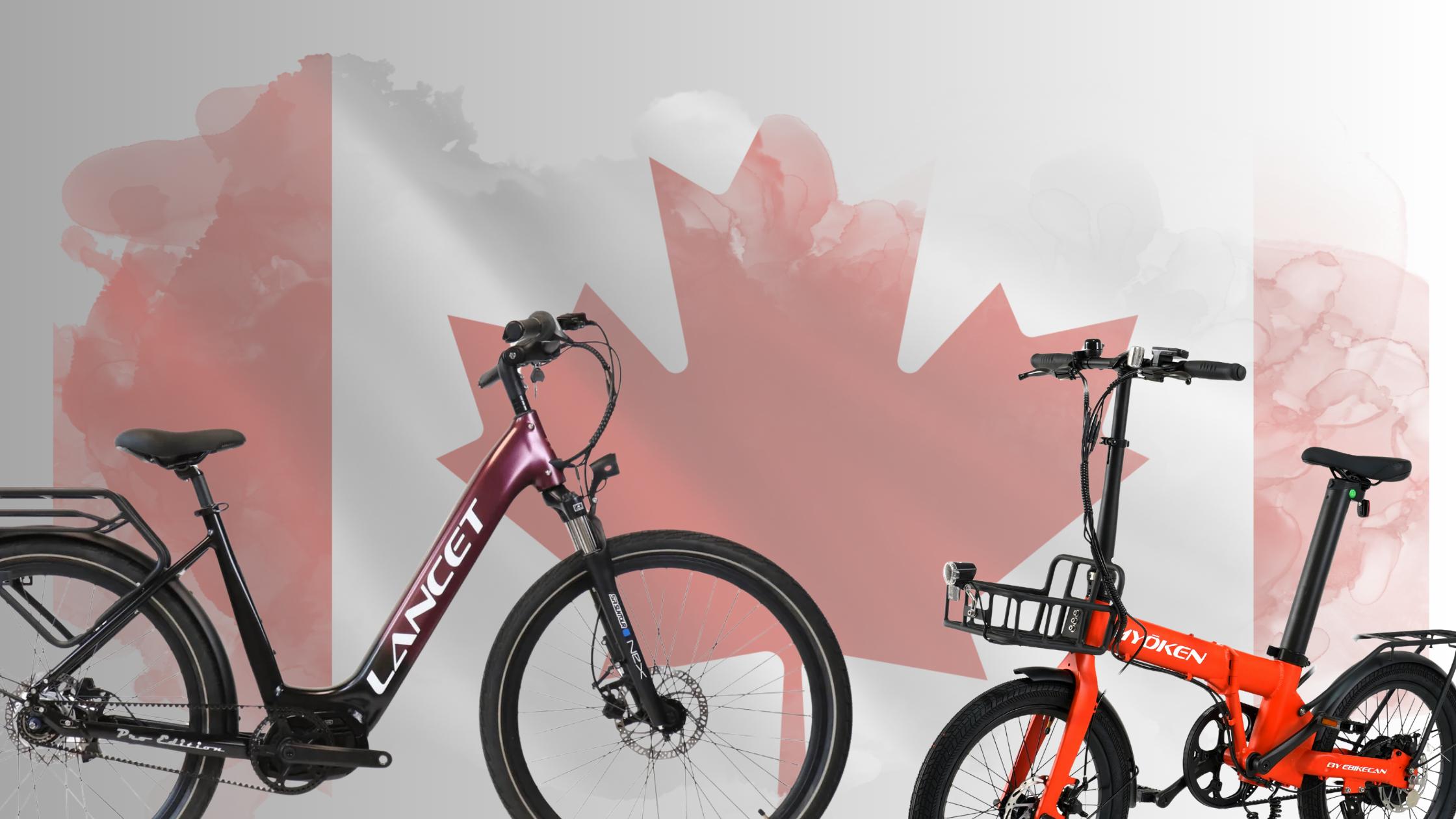
Partager:
Capteur de couple ou capteur de vitesse : choisissez le vélo électrique adapté à vos besoins !
Casques pour vélos électriques - Normes relatives aux casques pour vélos électriques